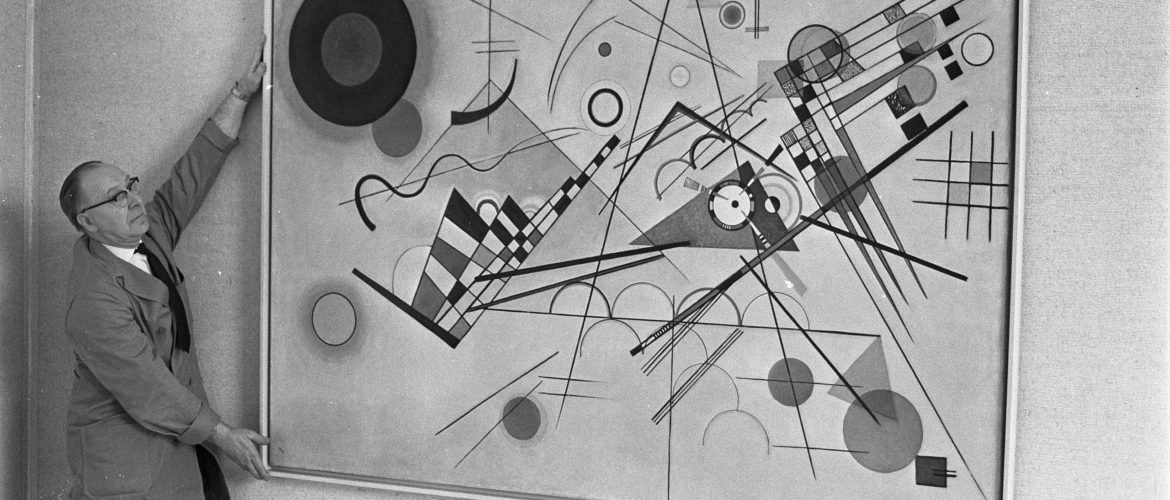Bauhaus: A Controversial Movement That Revolutionized Art

Sleek, orderly, and purposeful — these are the epithets that we associate with Bauhaus today. When we think about this 20th-century movement, we usually imagine sharp and clean lines and edgy grayish buildings. As modern-day people, we are used to being constantly stimulated by colors, movement, and sounds, so creations of Bauhaus followers might seem boring to us in comparison. But what if there is more to Bauhaus than just efficiency and simplicity? Turns out, this movement that outlived its opponents and forever changed architecture, design, and art has an exciting and rebellious history.
Bauhaus: A Controversial Movement That Revolutionized Art
“Bauhaus” means “a house of building” in German and comes from the name of the art school where this movement was born. The Staatliches Bauhaus was founded in 1919 by the German architect Walter Gropius. The main idea of what would later grow to be one of the most influential architectural and artistic movements in the world was stated in the school’s manifesto. It said that there were no borders between art and craft. Gropius aimed to create designs that could be efficiently and cheaply mass-produced while preserving their artistic value.
The Staatliches Bauhaus had talented artists as its instructors. Among those who taught at the school were acclaimed artists like Wassily Kandinsky and Paul Klee. One can clearly see the resemblance between artworks created by Bauhaus masters and paintings by Kandinsky who would later become one of the main figures of expressionism and abstract art.
While the goals that Bauhaus pursued were not harmful to anyone, the school was not favored by the ruling regime. The German government of the time saw designs and artworks produced at Bauhaus as “degenerate,” a term coined by Nazis to persecute artists on ideological grounds. This conflict led to the school inevitably being shut down in 1933 and many instructors fleeing the country. Klee’s work, in particular, was included in the exhibition of “degenerate art” by the Nazi government, which forced him to leave Germany.
While Bauhaus only existed for less than 15 years, its legacy outlived the regime that wanted it to perish. Today, one cannot go outside, look at advertisements, or even use a smartphone without stumbling upon the influences of this school. This goes to show that the power that art has over the minds of people is greater than years of oppression and violence.

